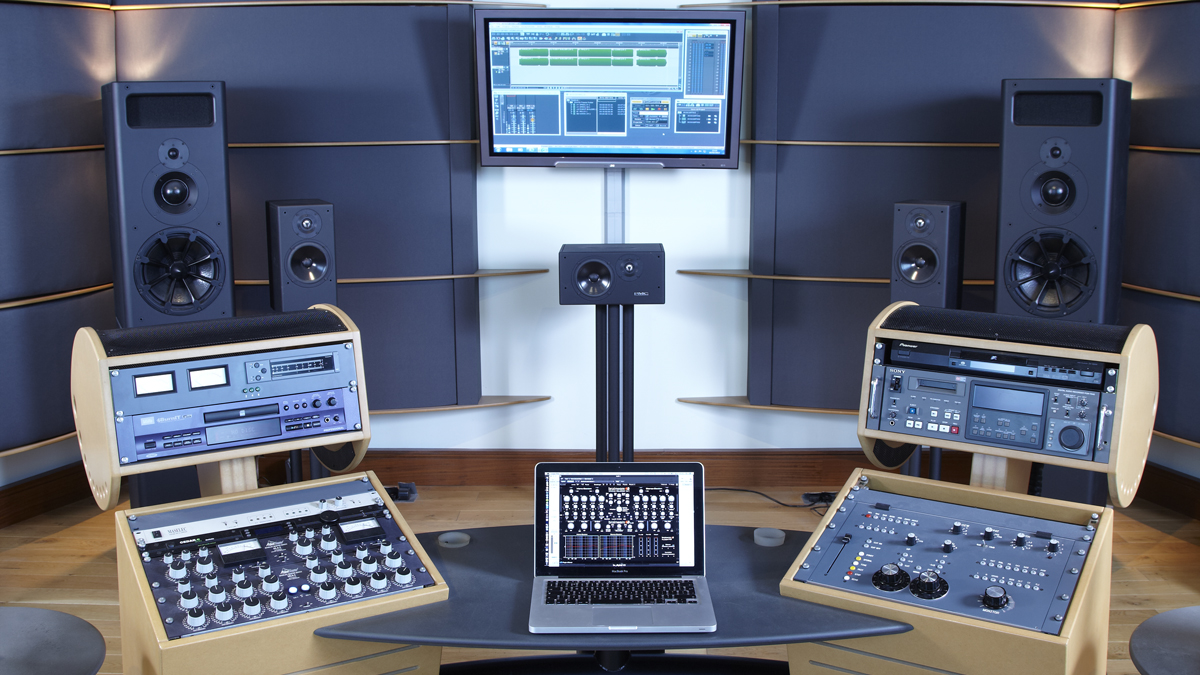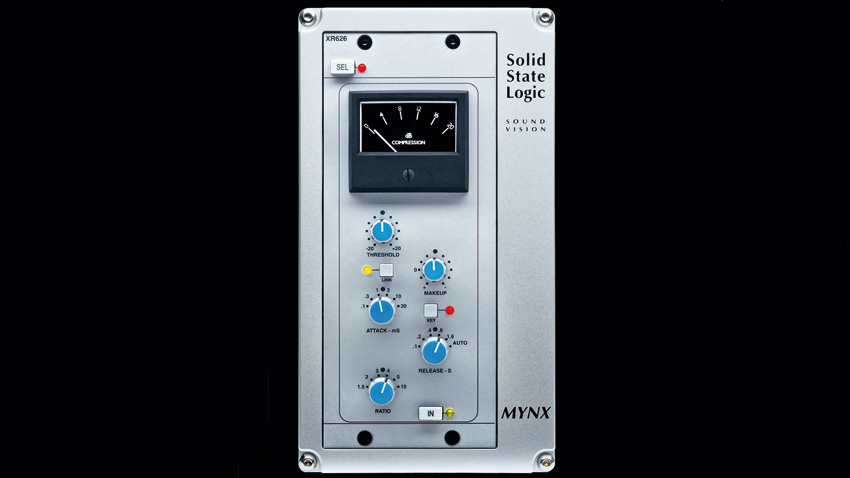Master bus compression explained... by a mastering engineer
Doug Shearer shares years of dynamics processing experience and expertise

Master bus compression is used both when mixing and mastering tracks, but with so many compressor options available in plugin form - including a host of classics such as the SSL Bus Compressor, API 2500 and Neve 33609 - the temptation is to go full-tilt in search of that elusive mix 'glue' you'll have heard mentioned. But tread carefully, as bad compression on your master mix can't be undone, and an eagerly set-up mix compressor may well end up hiding poor balance decisions as your mix progresses.
To get some clarity on the matter and an overview on other master dynamics processors such as limiters and multiband processors, we chatted to mastering engineer Doug Shearer. With an eclectic credit list (Guillemots, Gorillaz, Coldplay, Patrick Wolf, The Fall) and time at a number of the UK's top facilities, his vinyl cutting experience sees him currently working at Andy Parnell's Black Saloon Studios.
Is it a good idea to mix with a compressor on the mix bus? And if so, should it be removed before bouncing the final master, with a view to replicating it when mastering?
DS: "Compression isn't a replacement for a good balance, so get that working first. You'll then find that when you add your master bus compressor, it'll enhance the mix further. If you plan on using a mastering engineer, they'll probably have a better master compressor and be able to set it up with fresh ears. Remember, excess compression can't be undone when mastering."
Do multiband dynamics processors have a place on the mix bus or mastering chain? If so, what should/shouldn't they be used for?
DS: "Good question. They certainly shouldn't be used as standard practice, and in the mastering chain, we try and avoid unnecessary crossover filters and so on. Nevertheless, for badly mixed material, where the elements aren't integrating properly, and revisiting the mix isn't an option, they can be useful problem solvers."

Should I mix with a limiter on the mix bus and remove it prior to bouncing out the master, leaving it ready for mastering?
Get the MusicRadar Newsletter
Want all the hottest music and gear news, reviews, deals, features and more, direct to your inbox? Sign up here.
DS: "This one's easier to answer. Output limiters can easily be replicated in mastering, so leave them off when you bounce your master. You'll be able to adjust them more accurately when mastering, and can take into account any other mastering changes such as EQ."
What is the master compressor 'glue' effect everyone talks about?
DS: "The term is a good description of how a well set compressor can solidify the mix, controlling the dynamic range in a way which allows detail to come up, revealing more of the interaction between instruments."
What makes a good mastering/master bus compressor, and is there a difference between 'mastering' compression and what people refer to as 'bus' compression?
DS: "A good master compressor design adds a nice glue effect while gently compressing in a pleasing, characterful way. There's no difference between mastering and bus compression as such, although you'd expect a mastering professional to have the very best-quality devices, and most likely these will be hardware."
Can you suggest some basic settings and set up advice for the master compressor?
DS: "The decision is between a higher ratio (between 4:1 and 10:1) with fast attack, and a lower ratio (2:1 to 4:1) with a slower attack but reasonably fast release. The former gives a bit of bounce to the track and targets peaks such as drums. The latter enables you to have a deeper threshold and should target the bass, but will leave the transients, which the limiter will catch. For the latter, aim for 2dB gain reduction, and if that doesn't feel like enough, take time to listen carefully until you notice the difference!"
Where should I put the compressor in the mastering or master bus chain?
DS: "As a rule of thumb, the compressor should be the final device prior to the limiter, although for a very dynamic mix, sometimes compressing first can make it more manageable."
Get schooled in a universe of compression - over 14 pages and in 17 videos - with issue 222 of Computer Music. Includes FREE VST/AU effects rack plugin, FX TimeTrip sample pack and more!


Computer Music magazine is the world’s best selling publication dedicated solely to making great music with your Mac or PC computer. Each issue it brings its lucky readers the best in cutting-edge tutorials, need-to-know, expert software reviews and even all the tools you actually need to make great music today, courtesy of our legendary CM Plugin Suite.










